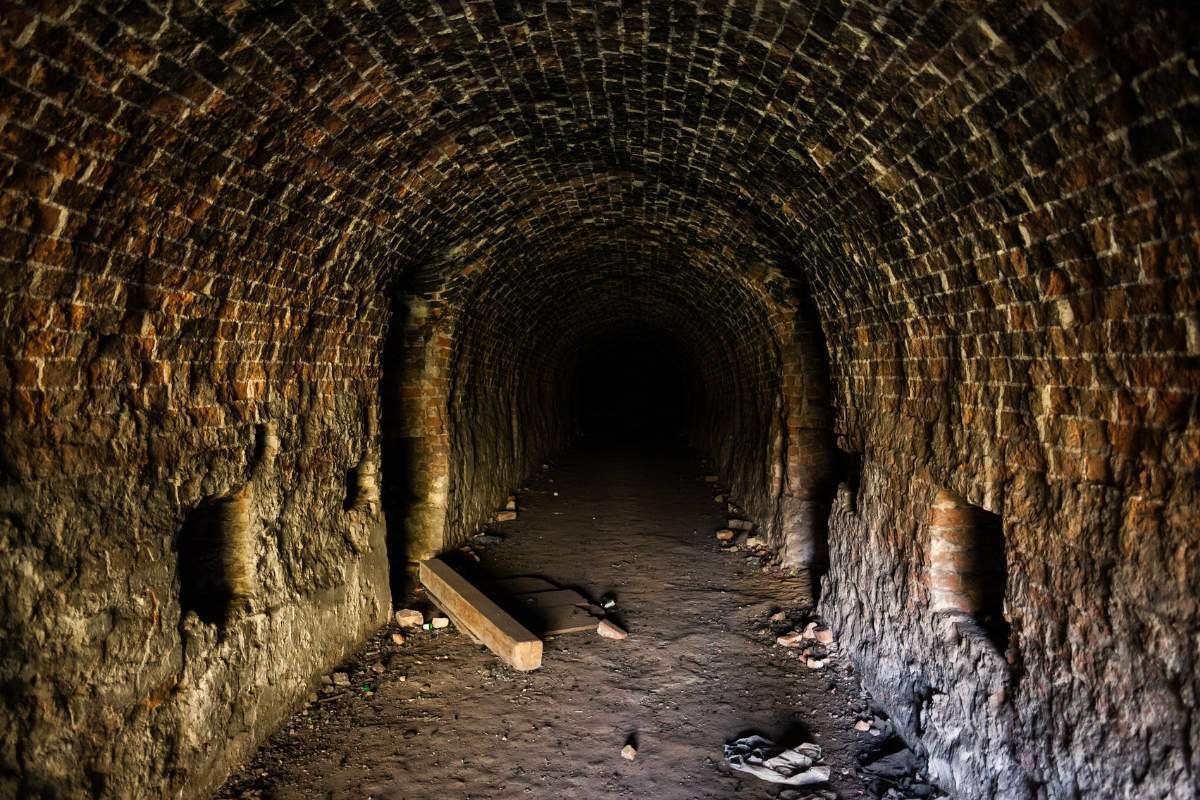When it comes to lighting up large spaces like warehouses, factories, or gymnasiums, LED high bay lights are the way to go. These lights are energy-efficient, long-lasting, and provide bright illumination that is necessary for these types of environments. However, choosing the right type, amount, and spacing of LED high bay lights can be a daunting task.
To begin with, it’s important to determine the type of LED high bay light that is best suited for the specific environment. There are several types of LED high bay lights available, including UFO, linear, and traditional high bay lights. Each type has its own unique features and benefits, and the choice largely depends on the specific needs of the environment.
Once the type of LED high bay light has been decided, the next step is to determine the amount of lights needed. This is dependent on the size of the space to be illuminated and the level of brightness required. It’s important to strike a balance between having enough lights to provide adequate illumination while also avoiding over-lighting, which can lead to energy waste and unnecessary expenses.
Finally, the spacing of the lights must also be taken into consideration, as this can affect the distribution of light and overall illumination of the space.
Understanding LED High Bay Lights
LED high bay lights are a popular choice for commercial and industrial spaces with high ceilings. They provide bright and energy-efficient lighting, making them a cost-effective solution for large areas. In this section, we will discuss the types of LED high bay lights and the benefits they offer.
1. Types of LED High Bay Lights
There are two main types of LED high bay lights: round high bay lights and linear high bay lights. Round high bay lights are designed to provide a wide beam angle and are ideal for spaces with high ceilings. Linear high bay lights, on the other hand, are more compact and provide a more focused beam angle. They are ideal for areas with lower ceilings or where more targeted lighting is required.

LED high bay lights come in different mounting options and a variety of shapes and sizes, and can be customized to meet specific lighting requirements. They can also be classified based on their appearance, such as UFO high bay lights, which have a round, disk-like shape.
2. Benefits of LED High Bay Lights
LED high bay lights offer several benefits over traditional lighting options. Some of the main benefits include:
- Energy efficiency: LED high bay lights use less energy than traditional lighting options, resulting in lower electricity bills and reduced carbon emissions.
- Brightness: They provide bright and even lighting, making them ideal for large spaces.
- Long lifespan: They have a longer lifespan than traditional lighting options, reducing maintenance costs and downtime.
- Color rendering index (CRI): LED high bay lights have a high CRI, which means they can accurately render colors and make objects appear more vibrant.
- CCT: They offer a range of color temperatures, allowing users to choose the best lighting for their specific needs.
- Luminous flux: They have a high luminous flux, which means they provide a high level of brightness.
- Lumen output: They have a high lumen output, which means they can provide more light with less wattage.
- Foot candle: LED high bay lights can provide a high level of foot candle, which is a measure of the amount of light that falls on a surface.
- Reflectors: They can be equipped with reflectors to direct light where it is needed, reducing wasted light and improving efficiency.
- Waterproof and dustproof: They can be designed to be waterproof and dustproof, making them ideal for harsh environments.
- LED explosion-proof: LED high bay lights can be designed to be explosion-proof, making them ideal for hazardous environments.
LED high bay lights are a versatile and cost-effective lighting solution for commercial and industrial spaces. They offer a range of benefits, including energy efficiency, brightness, and a long lifespan. With a variety of types and customization options available, LED high bay lights can be tailored to meet specific lighting requirements.
Factors to Consider When Choosing LED High Bay Lights:

When choosing LED high bay lights, there are several factors to consider that can affect the lighting plan and design. These factors include ceiling height, spacing, indoor vs outdoor use, and commercial vs industrial use.
1. Lighting Plan and Design
The first step in choosing LED high bay lights is to develop a lighting plan and design. This involves determining the amount of light needed for the space, identifying the areas that require lighting, and selecting the type of lighting that will be most effective.
2. Ceiling Height and Spacing
Ceiling height and spacing are important considerations when choosing LED high bay lights. The higher the ceiling, the more powerful the lighting needs to be to adequately illuminate the space. Spacing between lights is also critical to ensure that the entire area is evenly lit. In general, at 15 feet height, about 12 feet spacing is essential for a bright light.
3. Indoor vs Outdoor Use
Another important factor to consider when choosing LED high bay lights is whether they will be used indoors or outdoors. Outdoor lighting requires more durability and resistance to weather elements than indoor lighting. LED luminaires are a good choice for both indoor and outdoor use as they are energy-efficient and long-lasting.
4. Commercial vs Industrial Use
The type of space being illuminated is also an important consideration. Commercial settings like retail stores and grocery stores may require low bay lighting, while industrial settings like manufacturing facilities and warehouses may require high bay lighting. Open areas like gymnasiums may require a combination of both.
In addition to general lighting needs, productivity and safety are important considerations when choosing LED high bay lights. Cost-effective options with a good ROI should also be taken into account. Local lighting regulations and codes should also be considered to ensure compliance.

Understanding Light Levels
When selecting LED high bay lights, it is important to understand the concept of light levels. Light levels refer to the amount of illumination required in a specific area. This is measured in foot candles (fc) or lumens per square foot (lux). Foot candles are the measurement of light intensity on a surface, while lumens per square foot measure the amount of light that falls on a surface.
1. Foot Candle Readings
Foot candles are the most common measurement used in the United States. The amount of foot candles required in a specific area depends on the type of work being performed in that area. For example, a warehouse may require a lower amount of foot candles than a manufacturing plant. In general, a warehouse may require 10-30 fc, while a manufacturing plant may require 50-100 fc.
2. Lumens Per Square Foot
Lumens per square foot are used in Europe and other parts of the world. This measurement is calculated by dividing the total lumens by the total square footage of the area. The amount of lumens per square foot required in a specific area also depends on the type of work being performed. In general, a warehouse may require 100-300 lux, while a manufacturing plant may require 500-1000 lux.
When selecting LED high bay lights, it is important to consider the amount of light required for the specific area. This can be determined by calculating the foot candles or lumens per square foot required for that area. The color temperature of the LED lights should also be considered, as it can affect the perception of the area and the quality of work being performed.
In summary, understanding light levels is crucial when selecting LED high bay lights. Foot candle readings and lumens per square foot are the two most common measurements used to determine the amount of illumination required in a specific area. The color temperature of the LED lights should also be considered when selecting the appropriate lighting for the area.
Choosing the Right LED High Bay Lights

When it comes to choosing the right LED high bay lights, there are several factors to consider. This section will cover some of the most important ones, including lumen output and brightness, color temperature and CRI, and linear vs round high bay lights.
1. Lumen Output and Brightness
One of the most important factors to consider when choosing LED high bay lights is lumen output. Lumen output is a measure of the total amount of visible light emitted by a light source. The higher the lumen output, the brighter the light.
When choosing LED high bay lights, it’s important to consider the amount of light you need for your space. A good rule of thumb is to aim for a minimum of 10,000 lumens per 1,000 square feet of space. However, this can vary depending on the specific needs of your space.
2. Color Temperature and CRI
Another important factor to consider when choosing LED high bay lights is color temperature and CRI. Color temperature refers to the perceived warmth or coolness of the light, while CRI (color rendering index) measures how accurately the light source renders colors.
For most industrial and commercial spaces, a color temperature of 4000K to 5000K is ideal. This provides a neutral white light that is bright and easy to work under. A CRI of 80 or higher is also recommended to ensure accurate color rendering.
3. Linear vs Round High Bay Lights
Finally, it’s important to consider whether you need linear or round high bay lights. Linear high bay lights are typically more efficient and provide more even light distribution, making them a good choice for larger spaces. Round high bay lights are often easier to install and provide a more focused beam of light, making them a good choice for smaller spaces or areas where more focused lighting is needed.
Overall, when choosing LED high bay lights, it’s important to consider your specific needs and requirements. By taking into account factors such as the ones mentioned in this article, you can make a better choice when purchasing LED high bay lights for your space.


















